To realize the resource utilization of sludge through the spiral screw sludge dewatering machine, it is necessary to start from the optimization of the sludge dewatering process, the connection of subsequent treatment processes, and the development of resource products. The following are specific implementation paths and suggestions:

Waste Water Treatment Eco-friendly Spiral Screw Sludge Dewatering Machine QXDL-304
1. Optimize the sludge dewatering process to improve dryness and stability
Increase the solid content of sludge: The spiral screw sludge dewatering machine removes water from the sludge by mechanical extrusion to increase the solid content of the sludge. By optimizing the design parameters of the dewatering machine (such as screw speed, pressure, screen aperture, etc.), the water content of the sludge can be further reduced, making it more suitable for subsequent resource treatment.
Stabilize the properties of sludge: During the dewatering process, flocculants or conditioners can be added to improve the dewatering performance of the sludge, while reducing pathogens and harmful substances in the sludge, making it more stable and safe.
2. Pretreatment of sludge after dehydration
Thermal drying treatment: For sludge with high moisture content, thermal drying technology can be used to further reduce the moisture content. The calorific value of dried sludge is high and can be used as fuel.
Anaerobic digestion: Anaerobic digestion of dehydrated sludge can produce biogas (mainly methane) for power generation or heating, while reducing the volume and harmful substance content of sludge.
Composting treatment: For sludge with high organic matter content, composting treatment can be carried out to convert it into organic fertilizer. Temperature, humidity and ventilation conditions need to be controlled during the composting process to ensure that pathogens in the sludge are killed and odor is reduced.
3. Development of sludge resource products
Sludge incineration and energy recovery: Dehydrated sludge is incinerated to recover heat energy for power generation or heating. Ash generated during the incineration process can also be used in the production of building materials.
Sludge bricks or building materials: After dewatered sludge is incinerated or solidified at high temperature, it can be used to produce building materials such as bricks, cement additives, etc. This method can effectively reduce the volume of sludge and its impact on the environment.
Sludge biochar: The sludge is converted into biochar by pyrolysis technology, which can not only reduce the volume of sludge, but also produce biochar with adsorption properties for soil improvement or sewage treatment.
4. Environmental and economic assessment of sludge resource utilization
Environmental impact assessment: In the process of sludge resource utilization, it is necessary to evaluate the possible environmental impacts, such as greenhouse gas emissions, heavy metal leaching, etc. Environmental risks can be minimized by optimizing the treatment process and strictly controlling the operating conditions.
Economic feasibility analysis: The resource utilization of sludge needs to consider cost-effectiveness, including equipment investment, operating costs, and the market value of resource products. The economic feasibility of resource utilization can be improved by rationally selecting treatment processes and optimizing production processes.

 ENG
ENG
 English
English русский
русский Español
Español Tiếng Việt
Tiếng Việt ไทย
ไทย
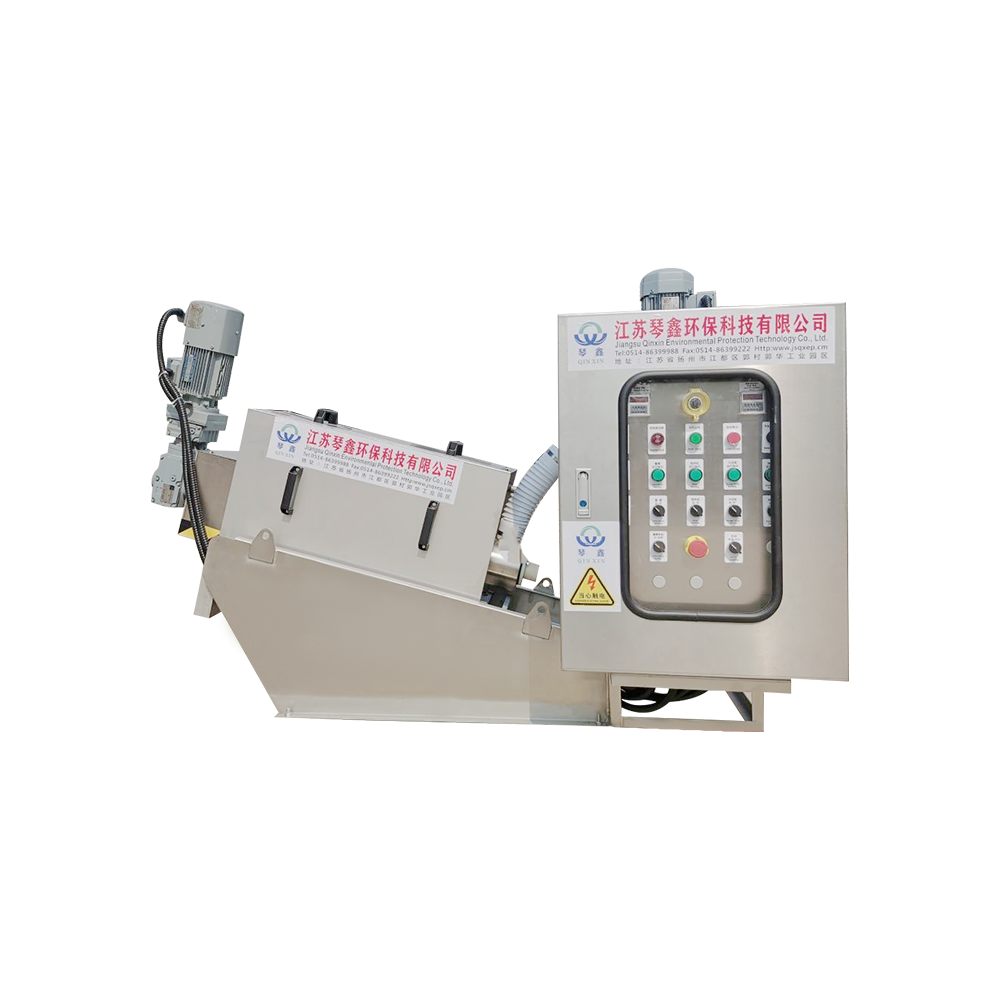
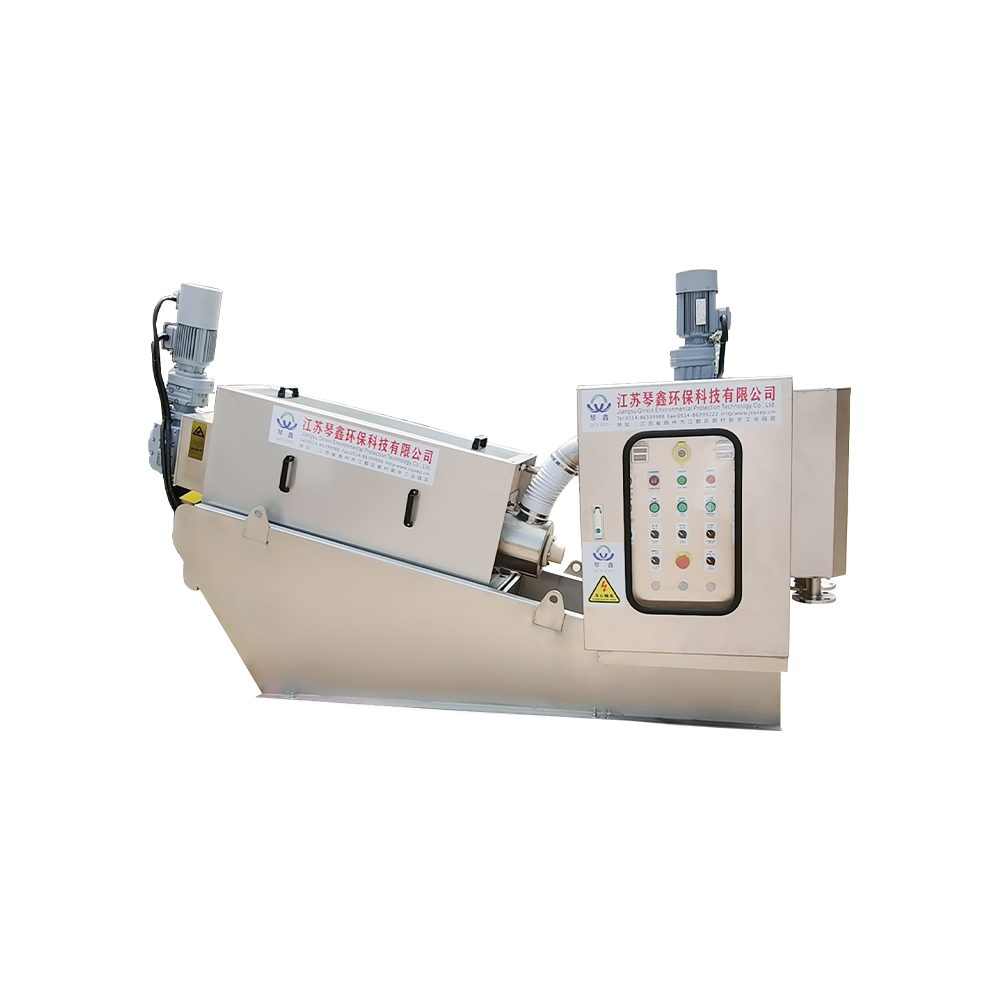
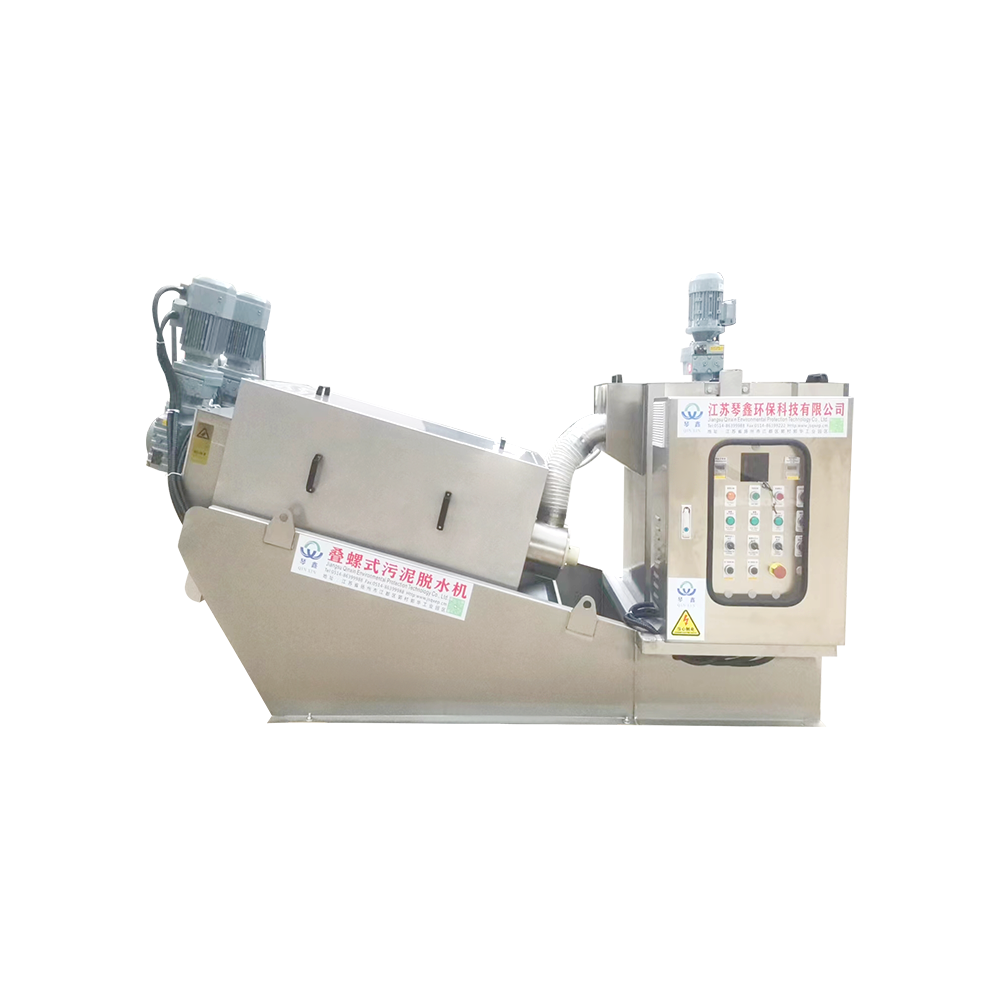
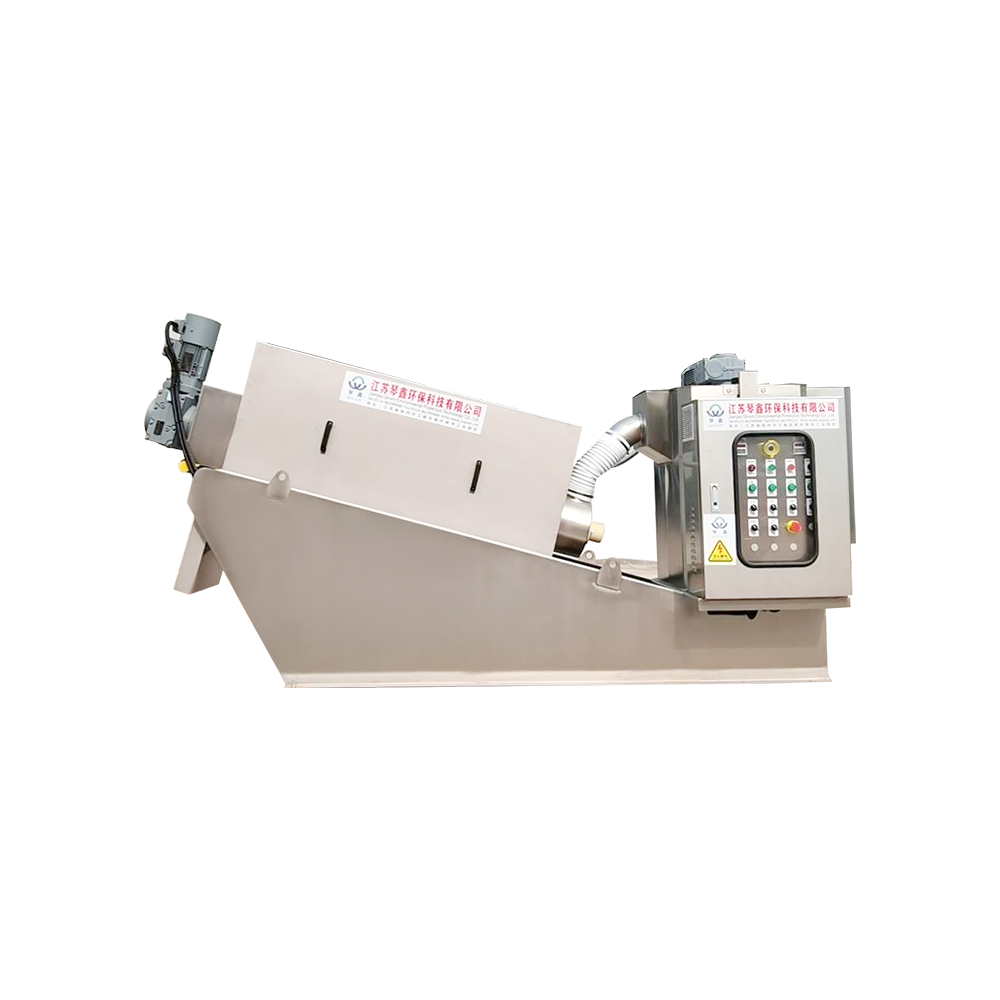
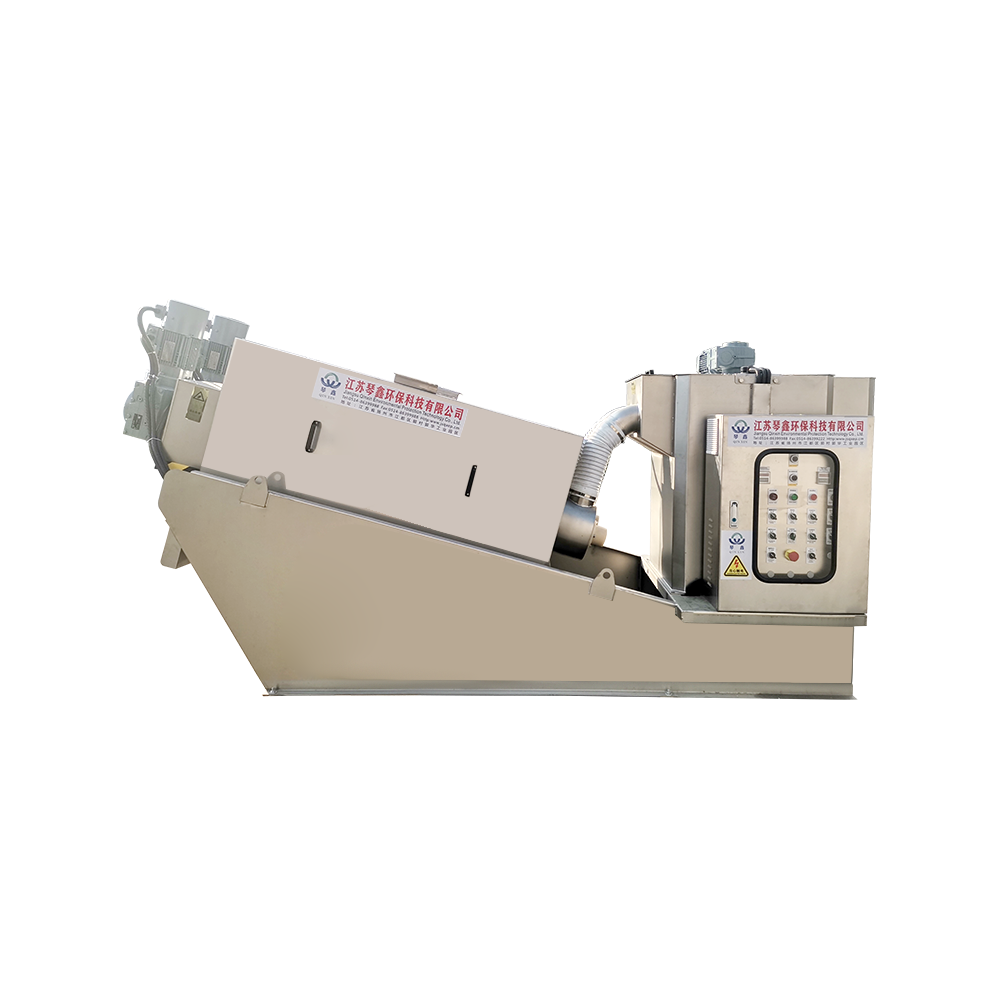
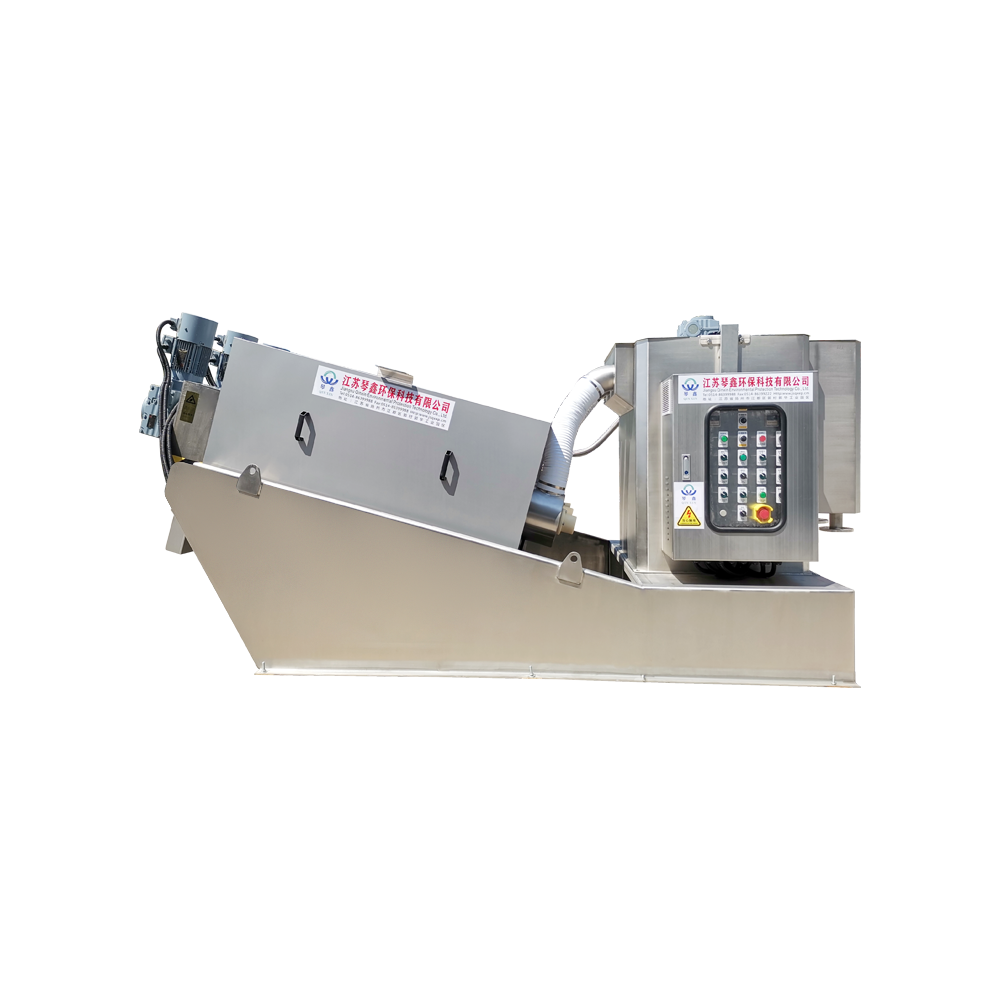
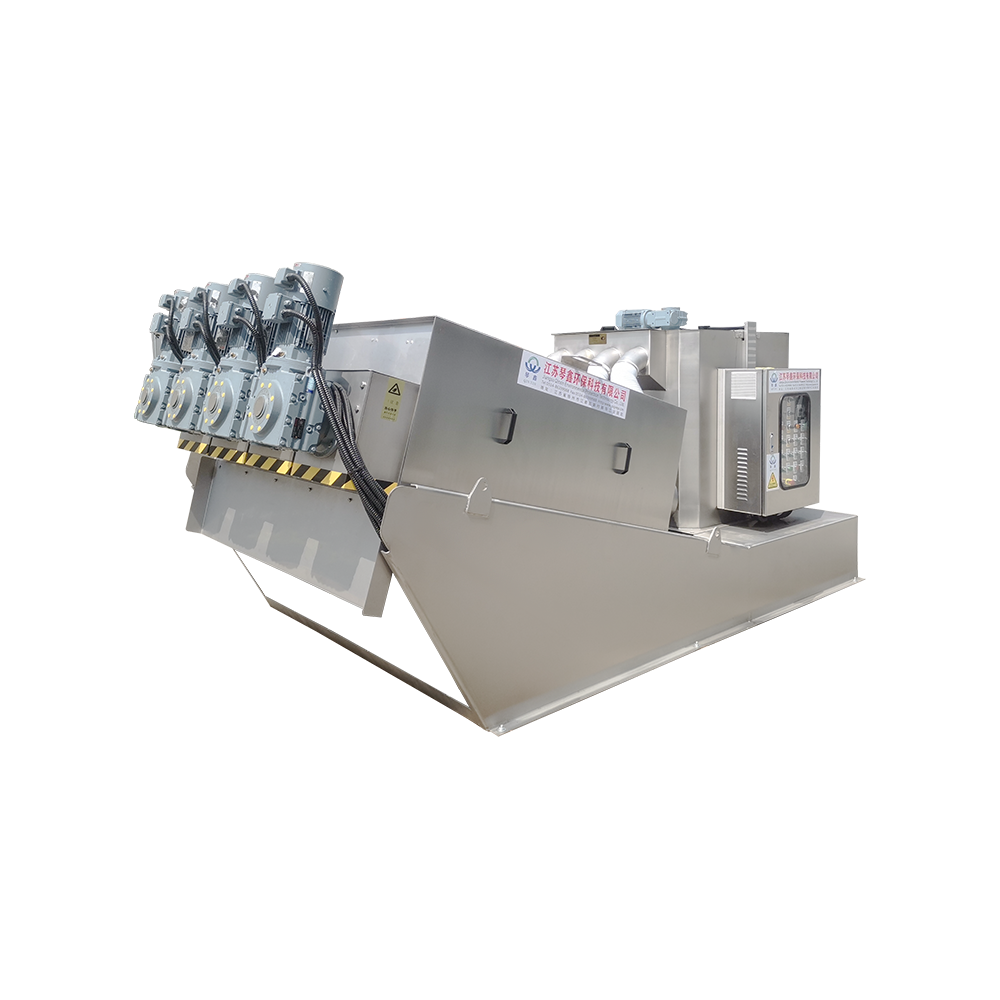
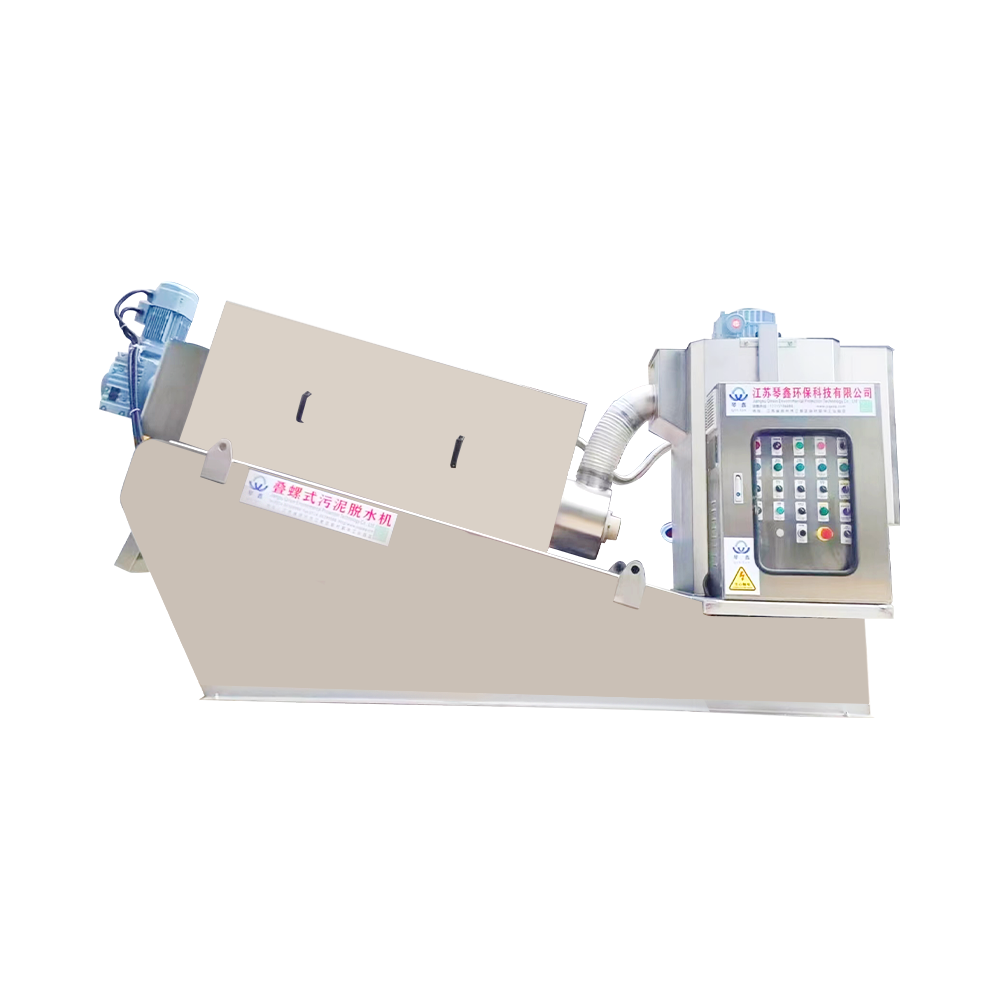
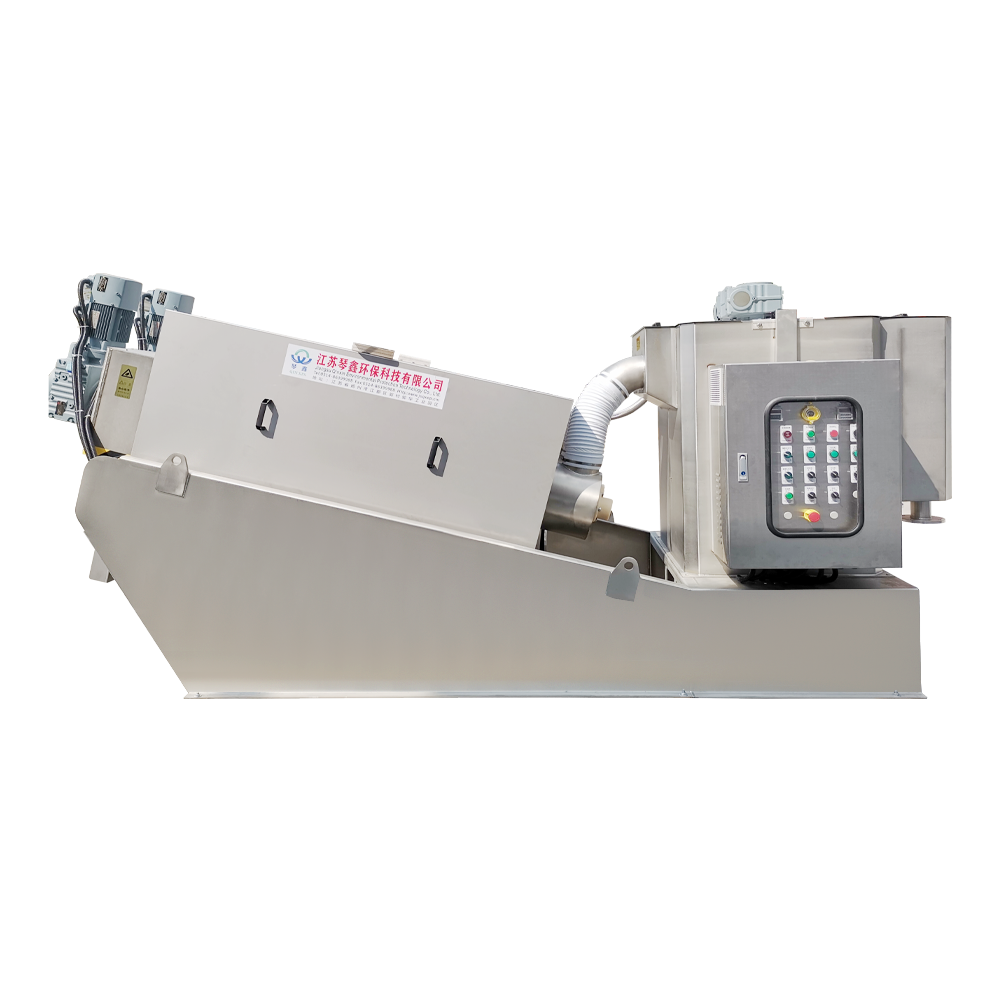
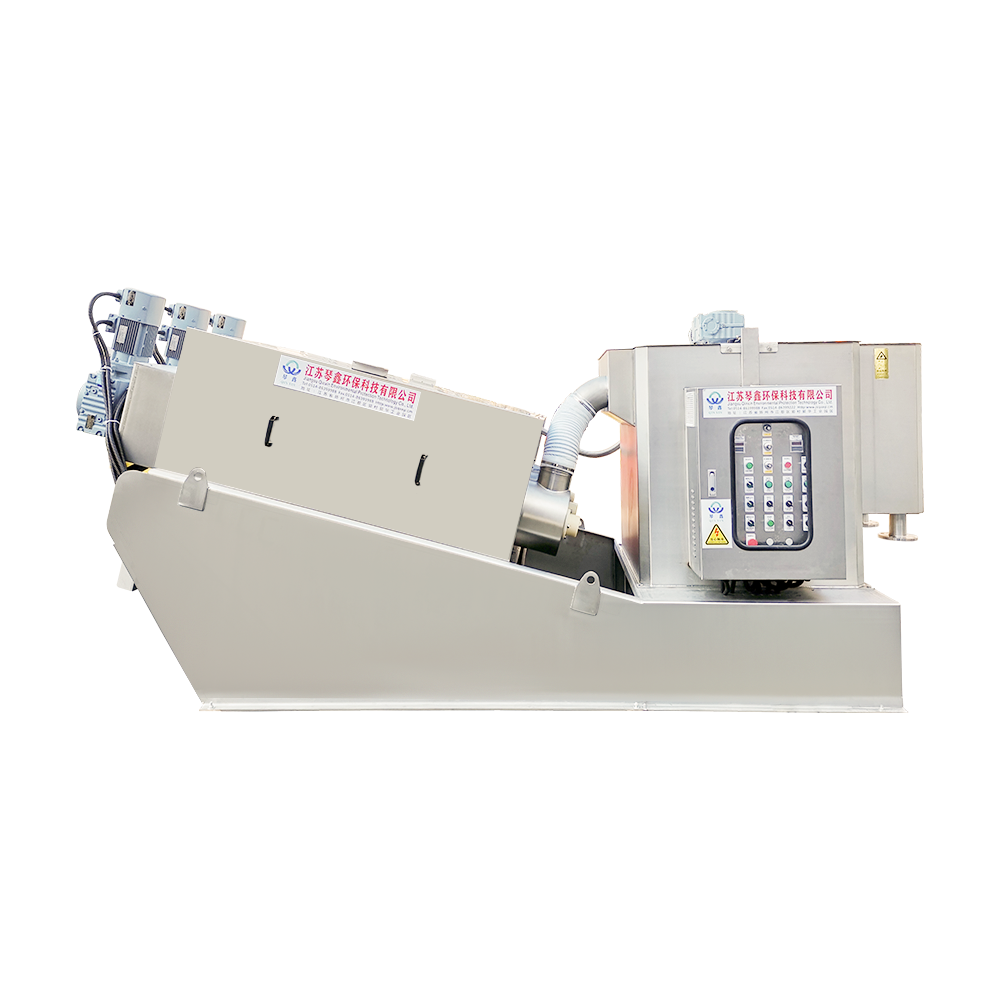
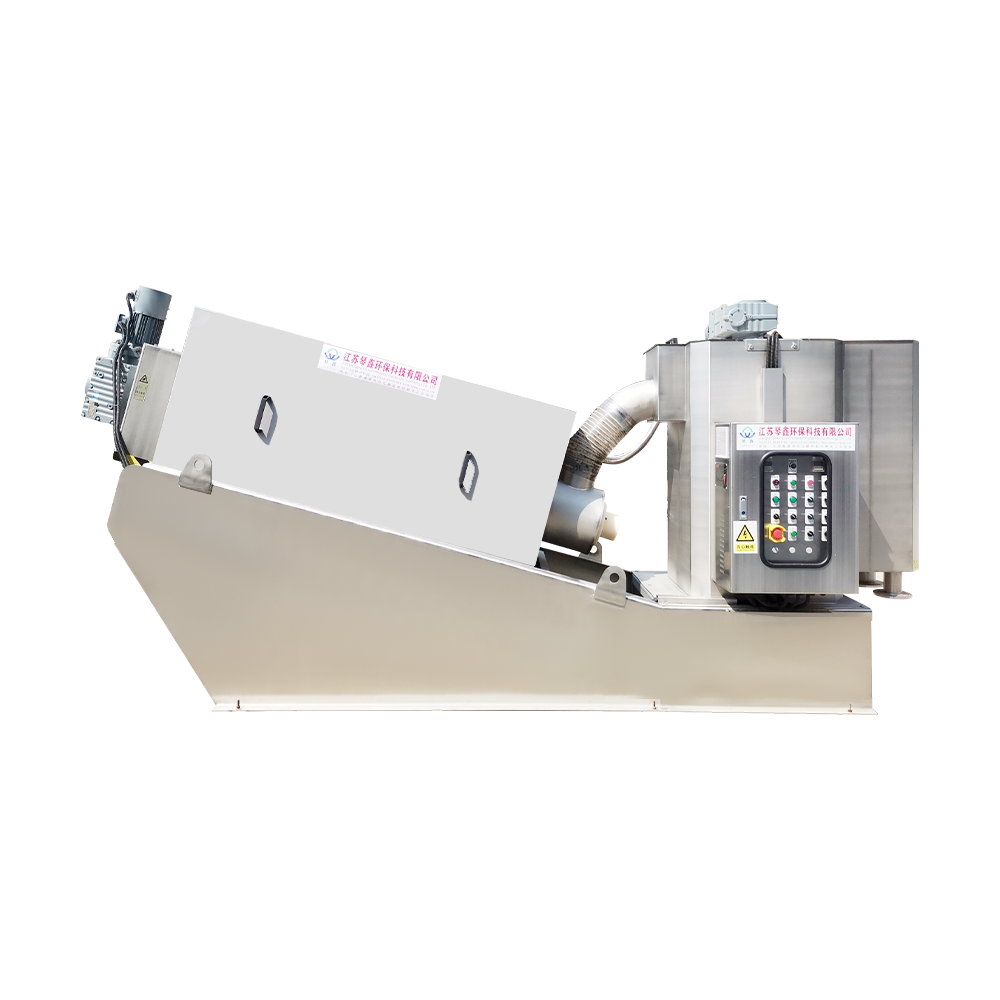
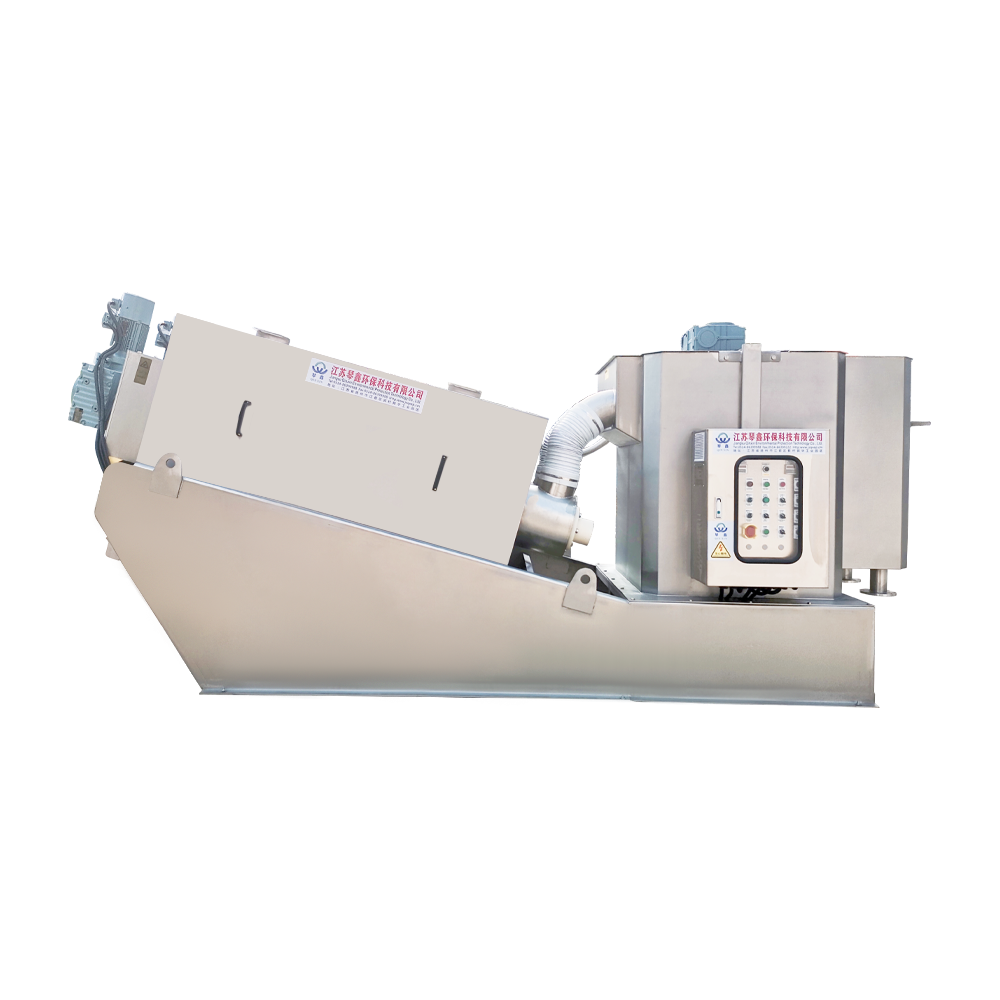
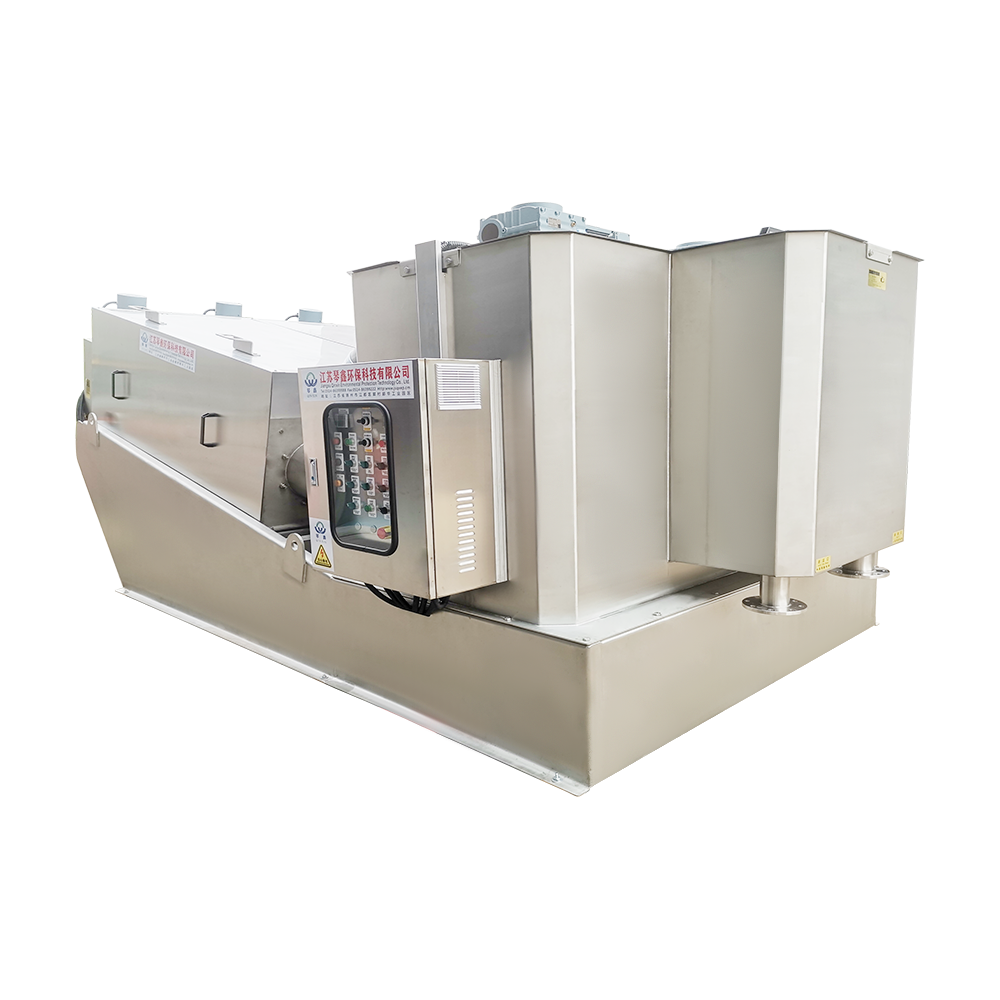
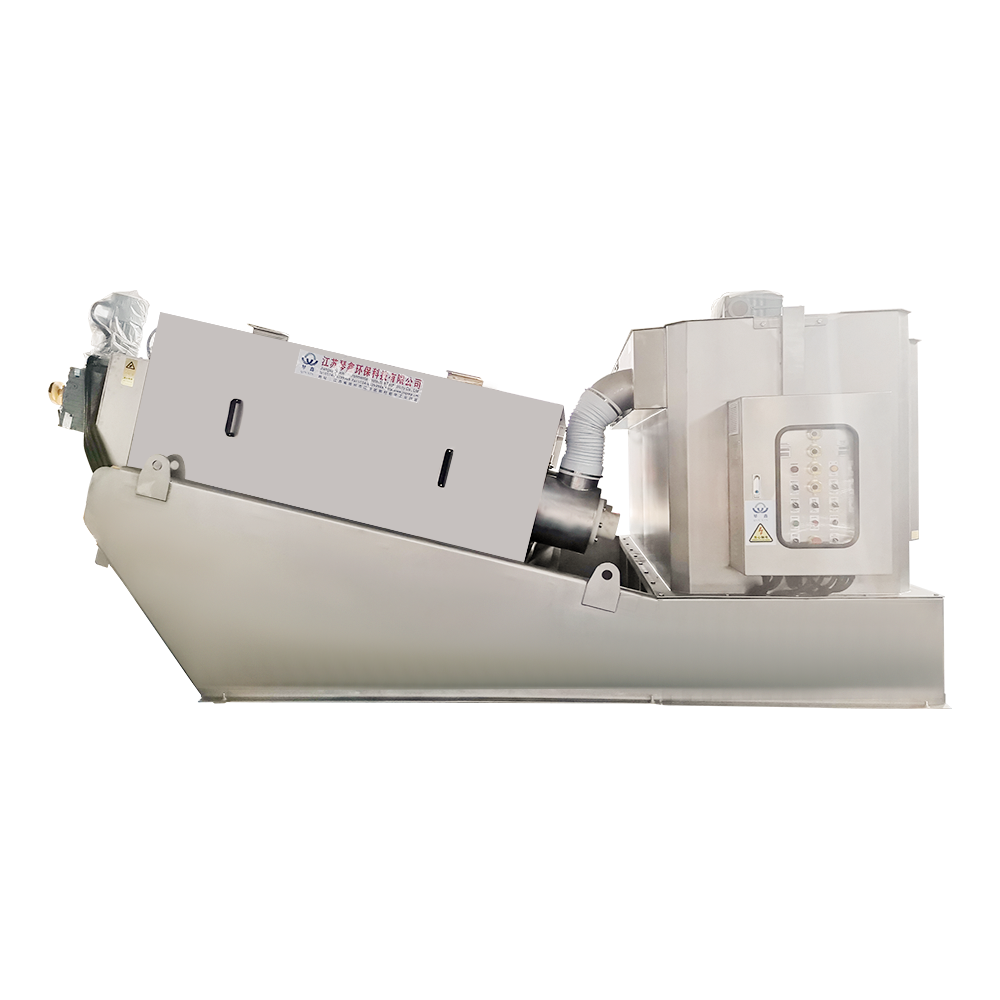
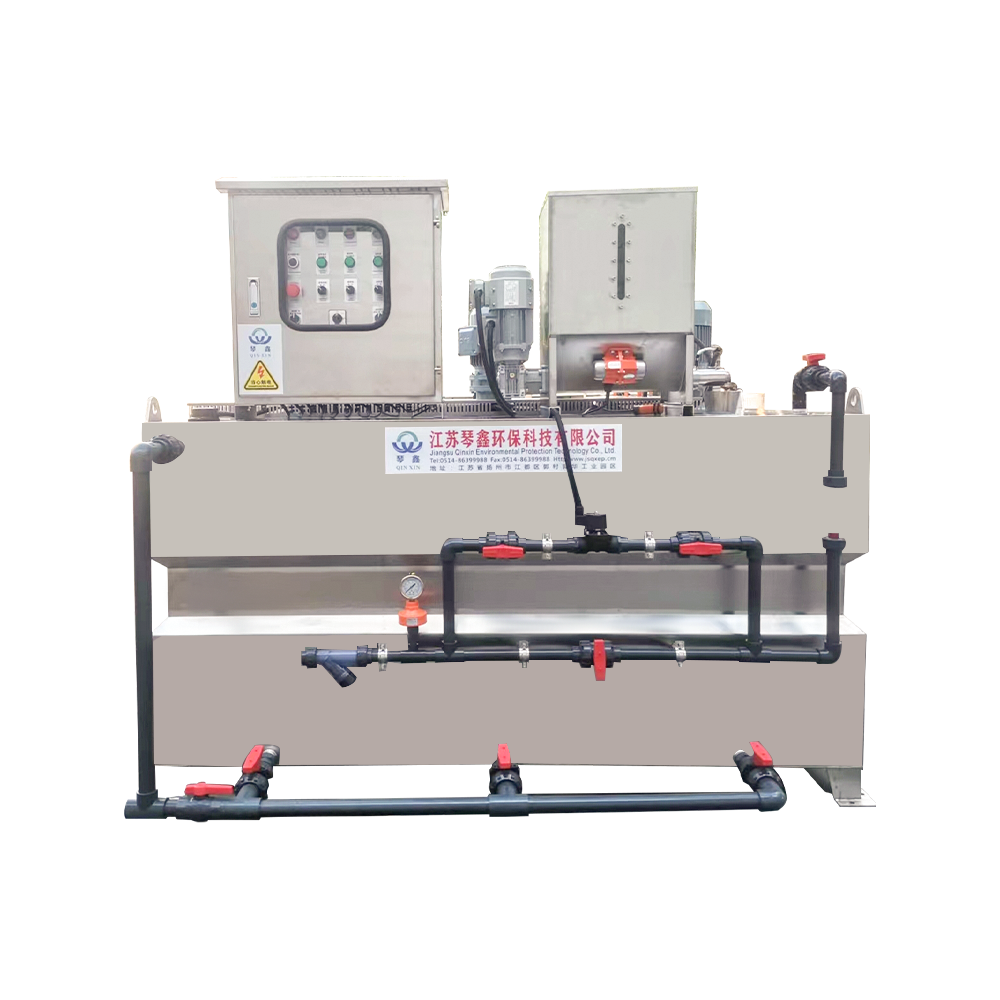

 TOP
TOP